OpenSSL Cookbook
Table of Contents
Preface
Feedback
About Bulletproof SSL and TLS
About the Author
Chapter 1: OpenSSL
Getting Started
Determine OpenSSL Version and Configuration
Building OpenSSL
Examine Available Commands
Building a Trust Store
Conversion Using Perl
Conversion Using Go
Key and Certificate Management
Key Generation
Creating Certificate Signing Requests
Creating CSRs from Existing Certificates
Unattended CSR Generation
Signing Your Own Certificates
Creating Certificates Valid for Multiple Hostnames
Examining Certificates
Key and Certificate Conversion
PEM and DER Conversion
PKCS#12 (PFX) Conversion
PKCS#7 Conversion
Configuration
Cipher Suite Selection
Obtaining the List of Supported Suites
Keywords
Combining Keywords
Building Cipher Suite Lists
Keyword Modifiers
Sorting
Handling Errors
Putting It All Together
Recommended Configuration
Performance
Creating a Private Certification Authority
Features and Limitations
Creating a Root CA
Root CA Configuration
Root CA Directory Structure
Root CA Generation
Structure of the Database File
Root CA Operations
Create a Certificate for OCSP Signing
Creating a Subordinate CA
Subordinate CA Configuration
Subordinate CA Generation
Subordinate CA Operations
Chapter 2: Testing with OpenSSL
Connecting to SSL Services
Testing Protocols that Upgrade to SSL
Using Different Handshake Formats
Extracting Remote Certificates
Testing Protocol Support
Testing Cipher Suite Support
Testing Servers that Require SNI
Testing Session Reuse
Checking OCSP Revocation
Testing OCSP Stapling
Checking CRL Revocation
Testing Renegotiation
Testing for the BEAST Vulnerability
Testing for Heartbleed
Determining the Strength of Diffie-Hellman Parameters
Appendix A: SSL/TLS Deployment Best Practices
1 Private Key and Certificate
1.1 Use 2048-Bit Private Keys
1.2 Protect Private Keys
1.3 Ensure Sufficient Hostname Coverage
1.4 Obtain Certificates from a Reliable CA
1.5 Use Strong Certificate Signature Algorithms
2 Configuration
2.1 Use Complete Certificate Chains
2.2 Use Secure Protocols
2.3 Use Secure Cipher Suites
2.4 Select Best Cipher Suites
2.5 Use Forward Secrecy
2.6 Use Strong Key Exchange
2.7 Mitigate Known Problems
3 Performance
3.1 Avoid Too Much Security
3.2 Use Session Resumption
3.3 Use WAN Optimization and HTTP/2
3.4 Cache Public Content
3.5 Use OCSP Stapling
3.6 Use Fast Cryptographic Primitives
4 HTTP and Application Security
4.1 Encrypt Everything
4.2 Eliminate Mixed Content
4.3 Understand and Acknowledge Third-Party Trust
4.4 Secure Cookies
4.5 Secure HTTP Compression
4.6 Deploy HTTP Strict Transport Security
4.7 Deploy Content Security Policy
4.8 Do Not Cache Sensitive Content
4.9 Consider Other Threats
5 Validation
6 Advanced Topics
7 Changes
Version 1.3 (17 September 2013)
Version 1.4 (8 December 2014)
Version 1.5 (8 June 2016)
Acknowledgments
About SSL Labs
About Qualys
Appendix B: Changes
v1.0 (May 2013)
v1.1 (October 2013)
v2.0 (March 2015)
v2.1 (March 2016)
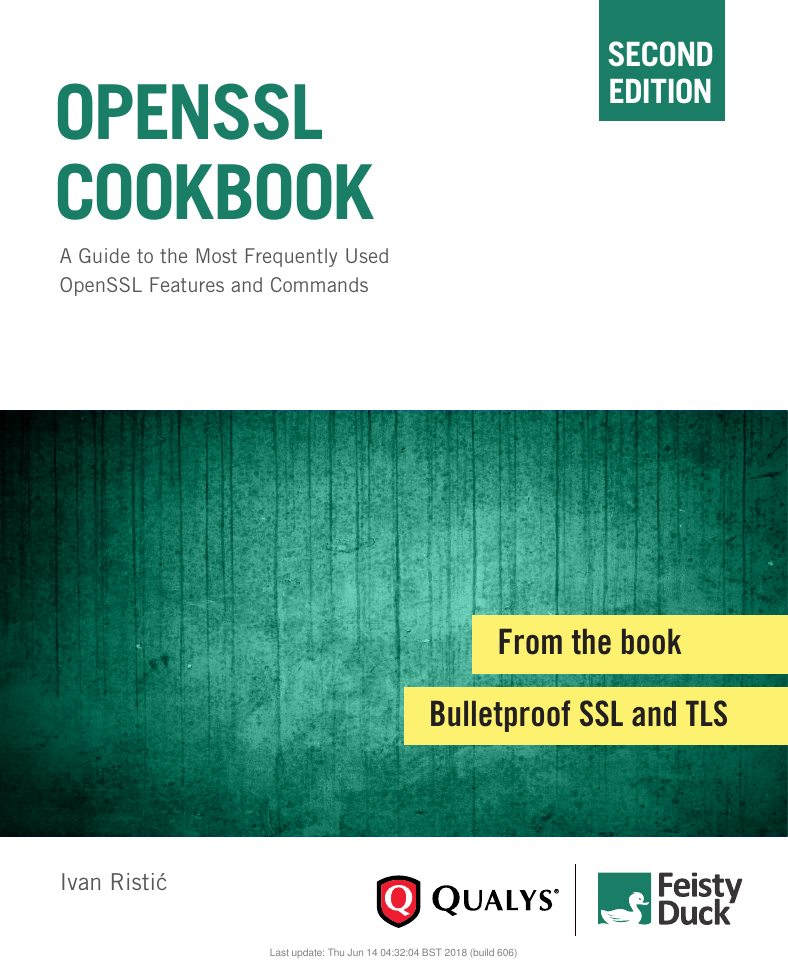

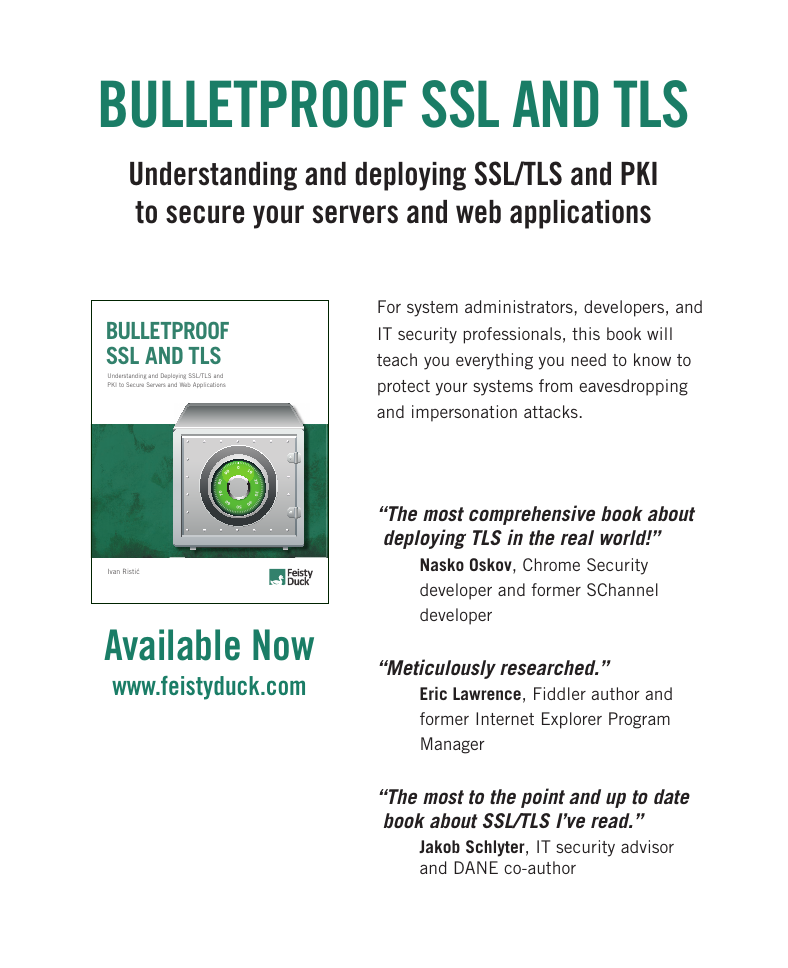
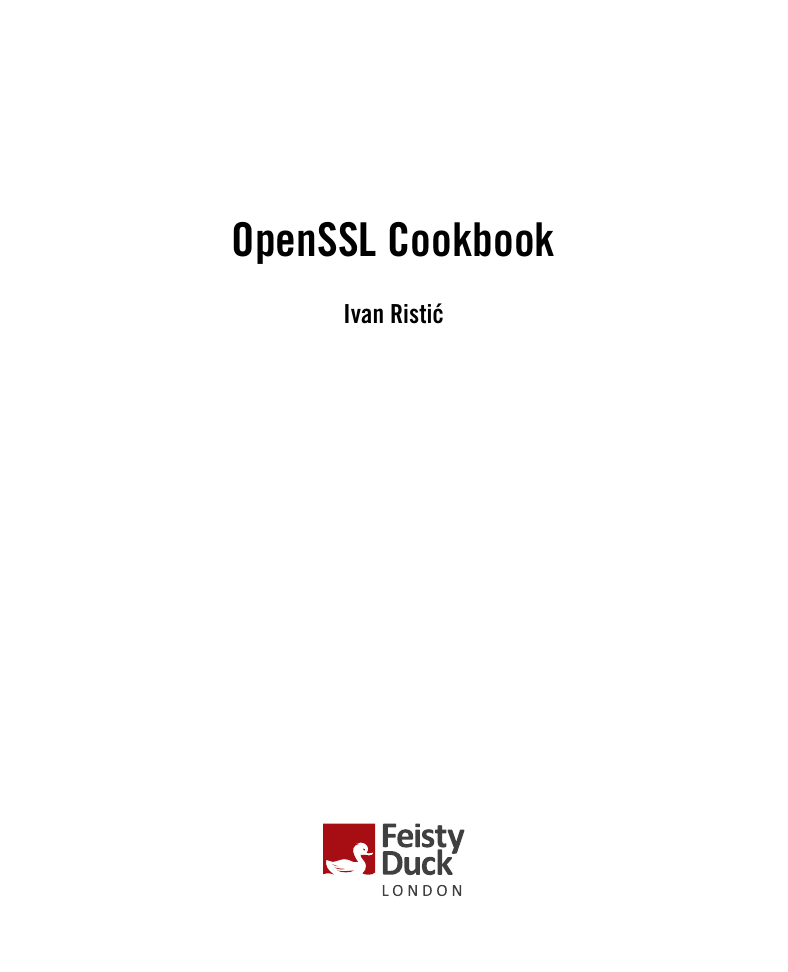
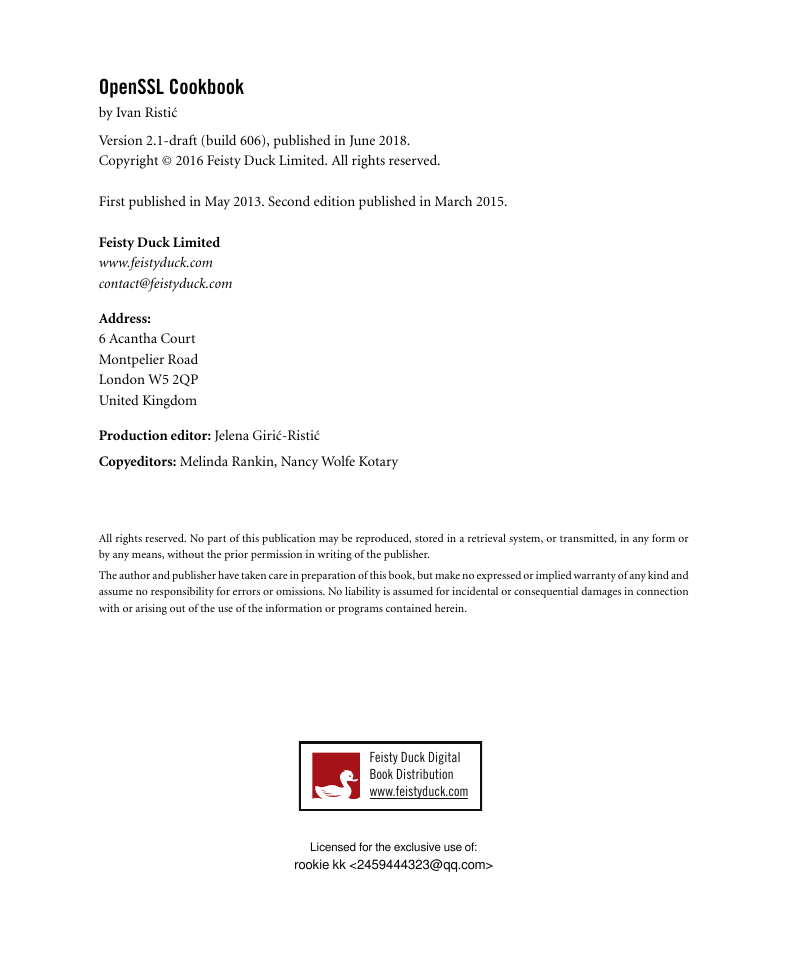

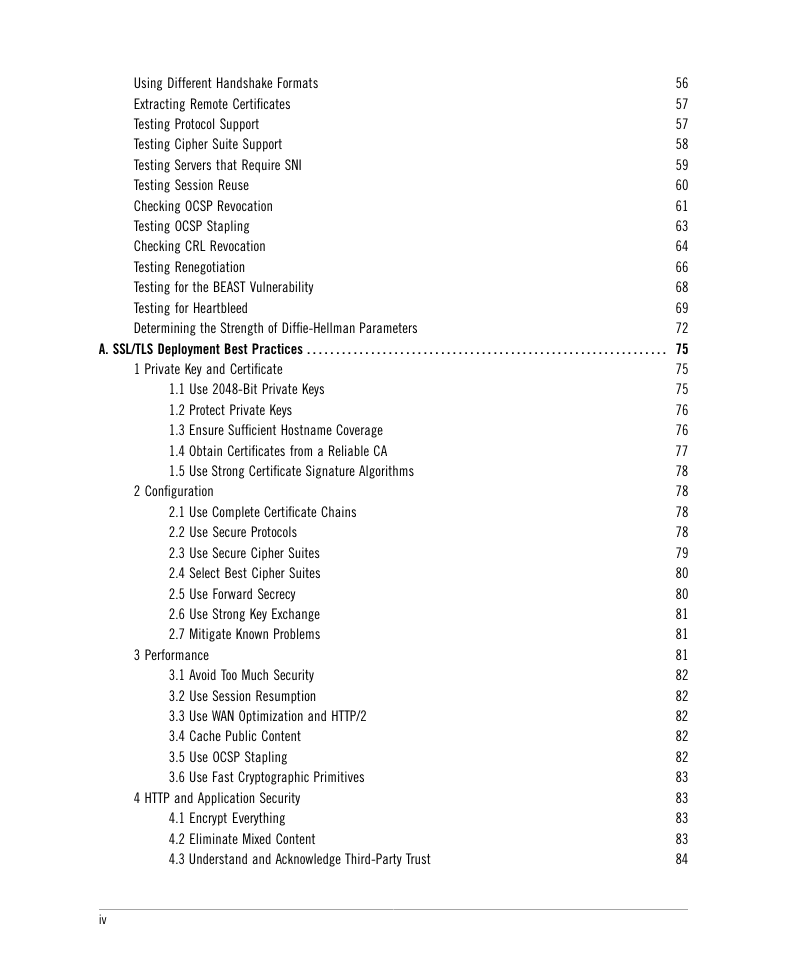
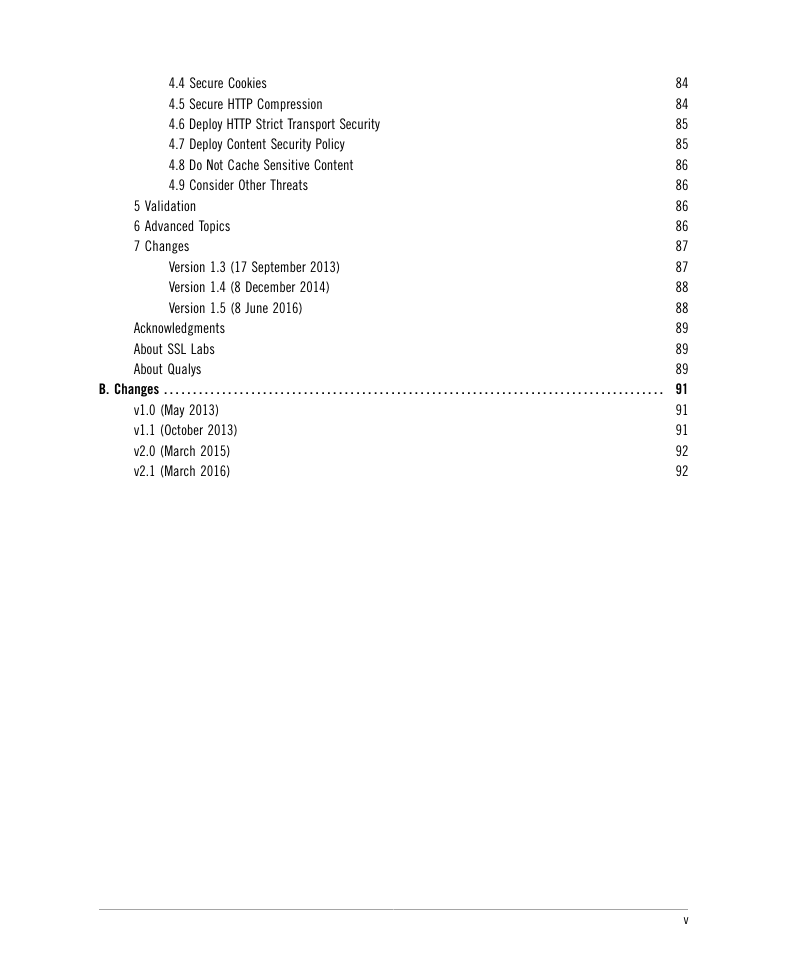








 2023年江西萍乡中考道德与法治真题及答案.doc
2023年江西萍乡中考道德与法治真题及答案.doc 2012年重庆南川中考生物真题及答案.doc
2012年重庆南川中考生物真题及答案.doc 2013年江西师范大学地理学综合及文艺理论基础考研真题.doc
2013年江西师范大学地理学综合及文艺理论基础考研真题.doc 2020年四川甘孜小升初语文真题及答案I卷.doc
2020年四川甘孜小升初语文真题及答案I卷.doc 2020年注册岩土工程师专业基础考试真题及答案.doc
2020年注册岩土工程师专业基础考试真题及答案.doc 2023-2024学年福建省厦门市九年级上学期数学月考试题及答案.doc
2023-2024学年福建省厦门市九年级上学期数学月考试题及答案.doc 2021-2022学年辽宁省沈阳市大东区九年级上学期语文期末试题及答案.doc
2021-2022学年辽宁省沈阳市大东区九年级上学期语文期末试题及答案.doc 2022-2023学年北京东城区初三第一学期物理期末试卷及答案.doc
2022-2023学年北京东城区初三第一学期物理期末试卷及答案.doc 2018上半年江西教师资格初中地理学科知识与教学能力真题及答案.doc
2018上半年江西教师资格初中地理学科知识与教学能力真题及答案.doc 2012年河北国家公务员申论考试真题及答案-省级.doc
2012年河北国家公务员申论考试真题及答案-省级.doc 2020-2021学年江苏省扬州市江都区邵樊片九年级上学期数学第一次质量检测试题及答案.doc
2020-2021学年江苏省扬州市江都区邵樊片九年级上学期数学第一次质量检测试题及答案.doc 2022下半年黑龙江教师资格证中学综合素质真题及答案.doc
2022下半年黑龙江教师资格证中学综合素质真题及答案.doc